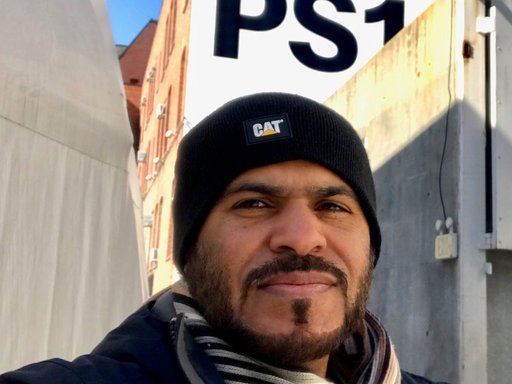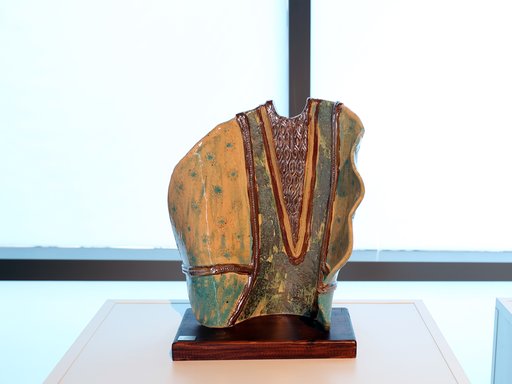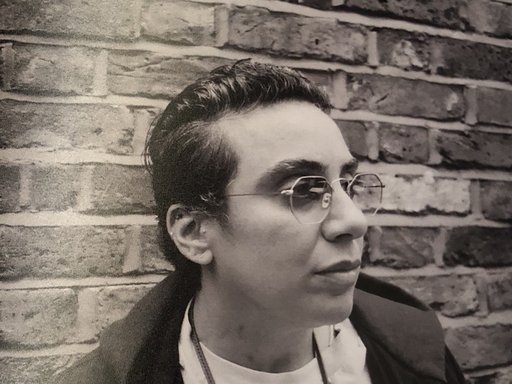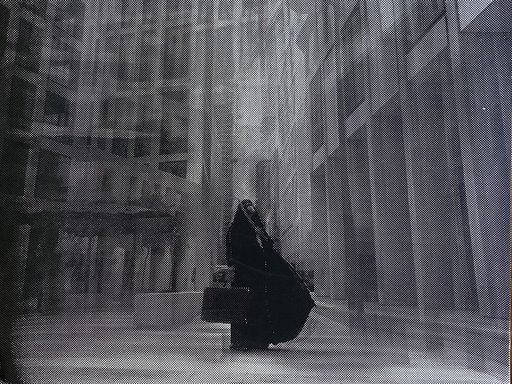Our Residents

Mohammed Al-Atiq

Abdullah Al Mutairi

Haifa Alkhuzaei

Anfal Al Kandari

Fatima Javed

Voyyyd

Alaa AlBarazy

Reem Al Shamari

Fatema bint Ahmad

Surabhi Gaikwad

Almaha Nasser

Galyiah AlMohannadi

Mohammed Al-Atiq

Abdullah Al Mutairi

Haifa Alkhuzaei

Anfal Al Kandari

Fatima Javed

Voyyyd

Alaa AlBarazy

Reem Al Shamari

Fatema bint Ahmad

Surabhi Gaikwad

Almaha Nasser

Galyiah AlMohannadi